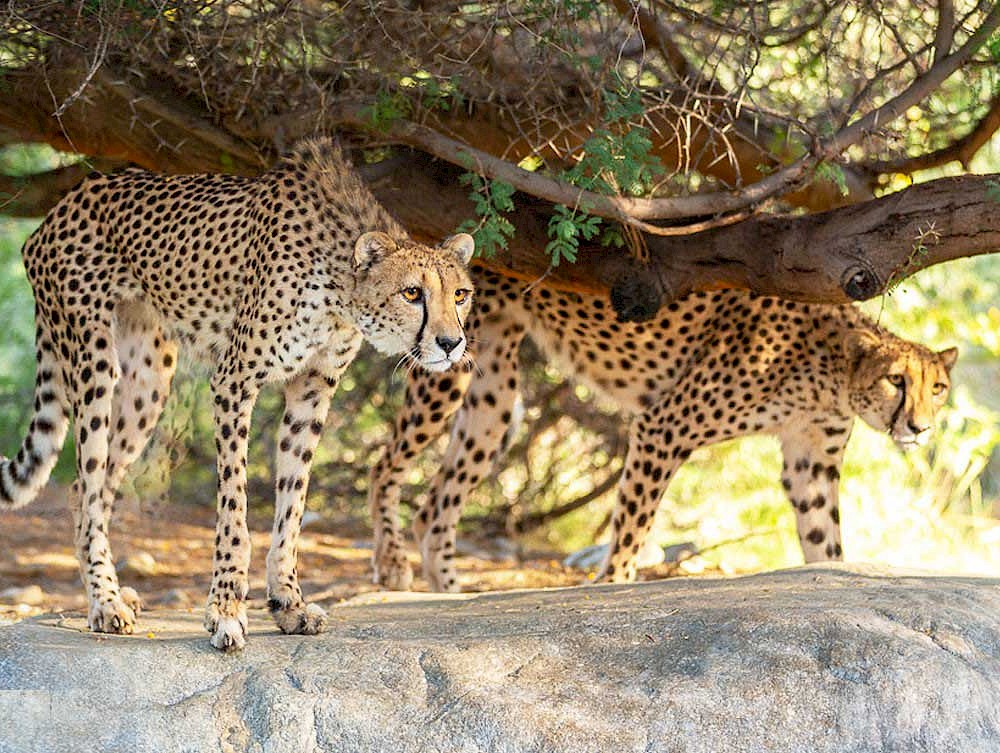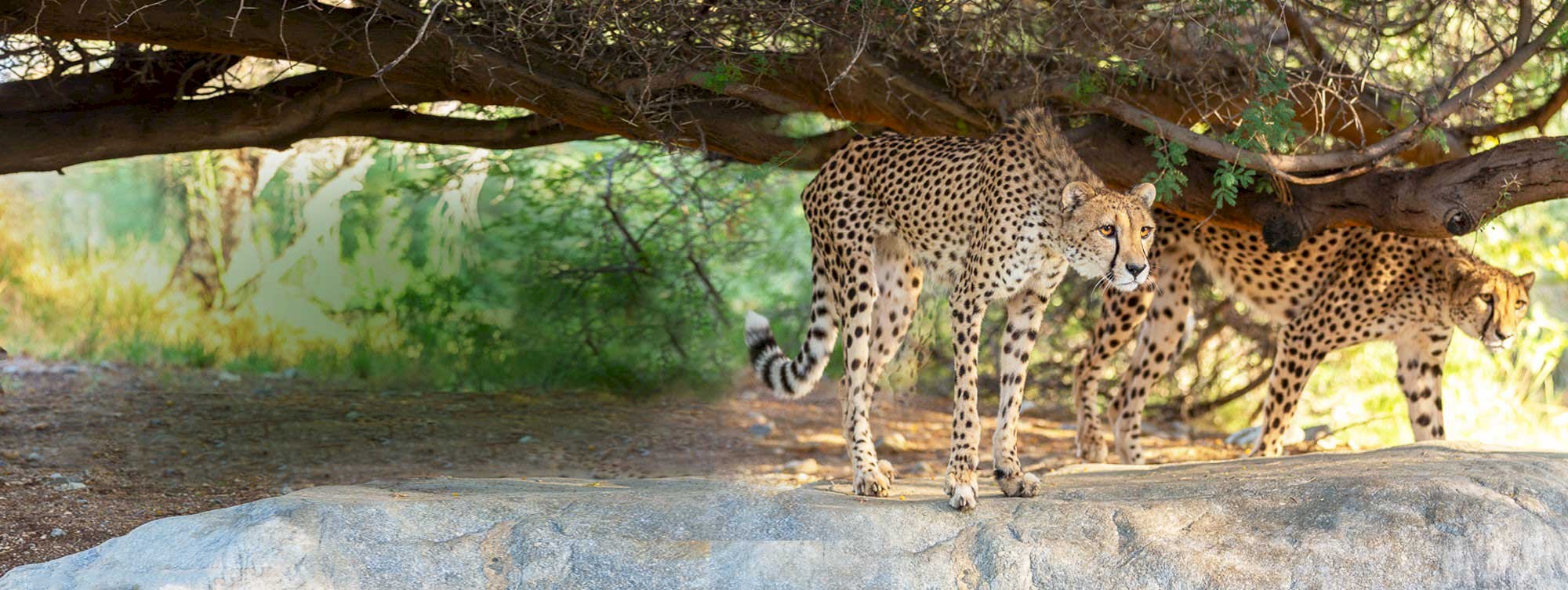Get ready for Pollinator Week
Natalie Gonzalez June 14, 2021Next week - June 21st-27th - is pollinator week! This is a week where we give extra gratitude to pollinators and the life they support. Pollinators are essential for ecosystem health, as 80% of flowering plants depend on pollinators for reproduction. When pollinators visit flowers in search of food, they move pollen along with them, from flower to flower. This process of fertilization is what results in fruits and seeds. Just as we rely on insect-pollinated crops, our wildlife neighbors also rely on the tireless work of pollinators to provide critical food and shelter.
When you think of pollinators, bees and butterflies may come to mind, and rightly so! There over 750 species of bees native to California deserts alone and the vibrant colors of butterflies make them a favored garden visitor. In addition to these iconic pollinators, many other animals play important pollination roles including bats, moths and beetles.
Less commonly recognized pollinators tend to be those that are less commonly seen, often hidden by the dark of night. Bats pollinate many of our desert’s most iconic cacti and agaves. Yuccas, including the Joshua Tree, depend on moth pollination for survival! Yucca moths depend on these plants for survival as well, laying their eggs in flowers which then provide a food source to caterpillars. Beetles were some of the first insects to pollinate flowering plants, and today they’re the largest group of pollinating animals, with roughly 77,000 flower-visiting species!
A prosperous pollinator population supports a healthy plant population which, in turn, enables stable, healthy ecosystems. Only these thriving ecosystems can provide the invaluable ecosystem services on which our human comfort depends - air filtration, carbon capture, climate control, and provision of resources such as oils, fibers and grain are all made possible by the life cycle of pollinators! Unsustainable development, climate change and pesticide use all threaten the survival of pollinators. Up to 40% of pollinators may be at risk of extinction if these threats persist. Luckily, we can each help restore pollinator communities from our own yards.
How you can help
Bees do it. Bats do it. Beetles do it. Birds and Butterflies do it. Heroes of Pollination, this Team of B’s is really an “A” Team. They work year-round moving pollen from plant to plant. Don’t forget to thank the A Team of pollinators today through Living Desert Adopts! Program. You can adopt any of the pollinators by choosing “other” and entering your choice. ADOPT NOW!
Plant native pollinator plants: Native plants are of the greatest value to pollinators because they have spent eons evolving in response to one another. In some cases, one pollinator species and one plant species are completely dependent on each other, and without one, the other would disappear. While non-native plants have beautiful blooms and may still be visited by pollinators, native plants are recognizable and adapted to our local pollinators. A healthy native pollinator garden includes flowering plants, shelter and larval host plants. While human populations grow and so does our infrastructure, we must provide patches of habitat for local species in our own backyards.
Use pollinator-friendly pest control methods: While pesticides can quickly eradicate unwanted pests, they also harm friendly insect pollinators. These chemicals can remain in plants and soil for long periods of time ranging from months to years!
Did You Know...
- Pollinators are responsible for one out of every three bites of food we take.
- You can tell which pollinators visit which plants by the shape and color of the flowers! For example, hummingbirds prefer red or pink tubular flowers while bats enjoy large-mouthed, white strong-scented flowers.
- Countless pollinators rely on specific plant species as larval host plants, just as monarchs do with milkweed. Ask your local nursery which types of host plants you can provide in your own yard!









